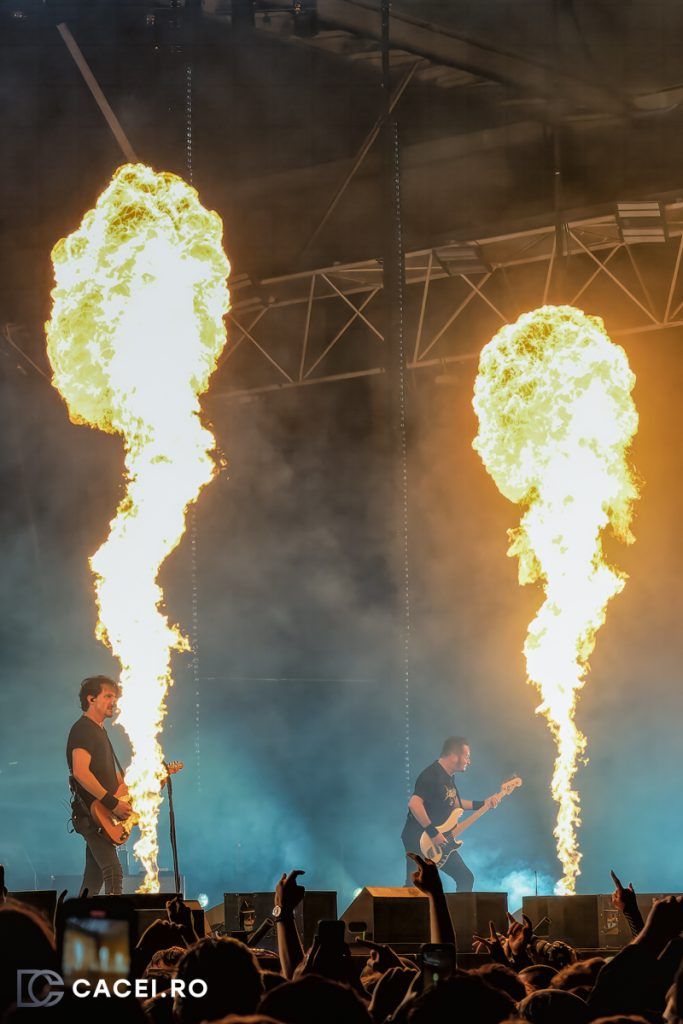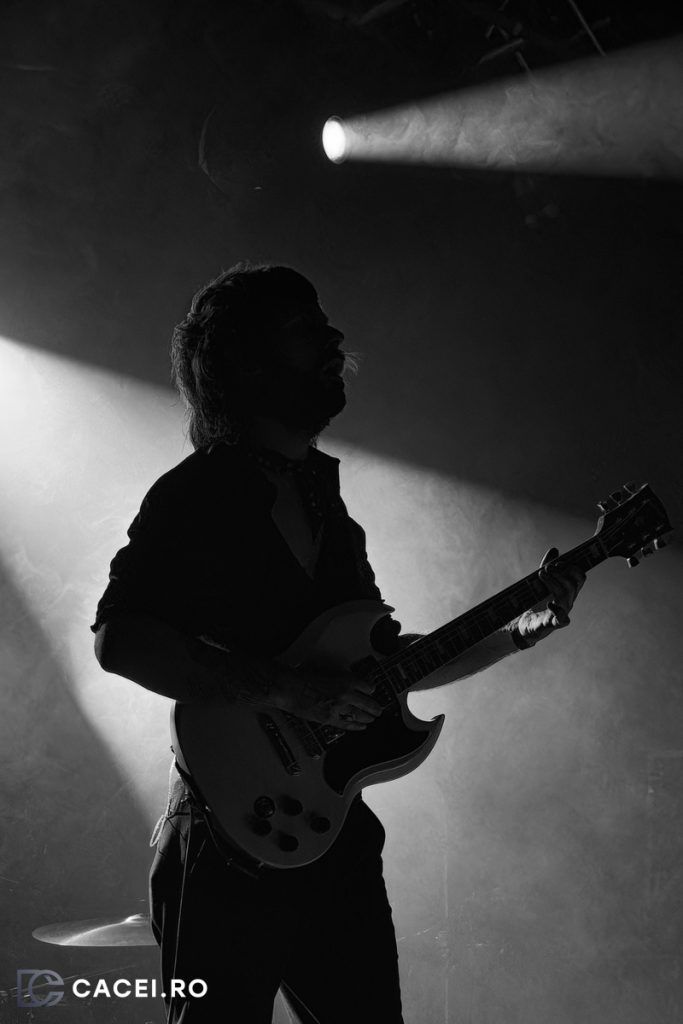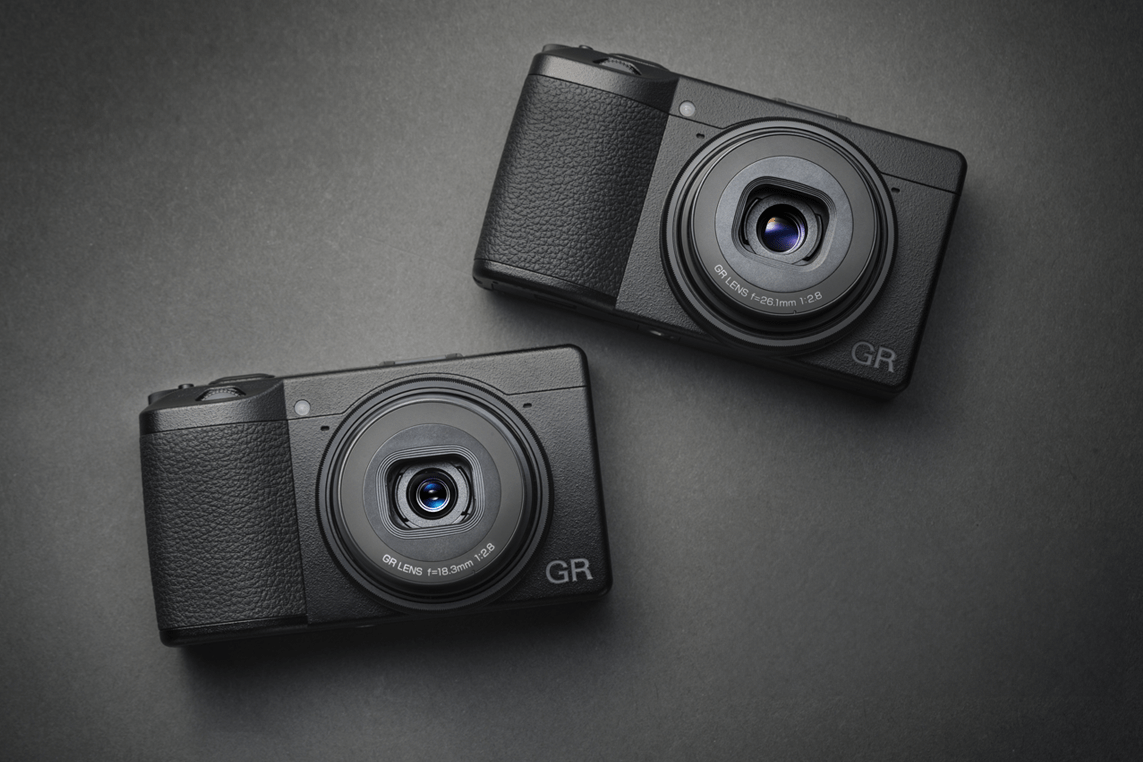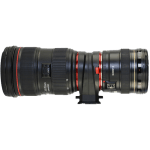Using a Ricoh GRIII and GRIIIx for Concert Photography – Review
In concert photography, we often see lists of the “Best Camera for concert photography” and they mostly contain full-frame DSLR and Mirrorless cameras. In some cases, you can still find some APS-C models. Although I do agree that they are better suited (and I carry a Sony A7RV for my shots), some people who are just starting to build a portfolio still don’t have access to a publication or photo passes, not being allowed to take those big cameras to a concert. So how can you build a portfolio in that case?
One of the most common tips is to take a point-and-shoot camera that has great quality. Although there are many different options (I’ll list a few at the end of this article), I have been using the Ricoh GRIII series as my B camera for a while and have been quite happy with it. It doesn’t come without downsides, but for such a small camera, it is impressive how good this little piece of gear is.
The Ricoh GRIII series – From Classic to Street Photography to anything (really)
If you don’t know Ricoh as a brand, there’s no need to worry. This camera brand has a long story with classic photography. Ricoh (also the owner of Pentax) has a long existing range of cameras that were always renowned for their simplicity and quality during the film cameras era.

Over the years the Ricoh GR series has become a cult favourite amongst street photographers, due to its discreet profile, very lightweight and high-quality image generation, making it perfect for candid moments, without bringing too much attention to the subjects to the photographers (sometimes even being confused as a disposable camera) while still delivering great images.
But this lovely camera is not great just for street photographers, but also for concerts (under some circumstances), which I’ll try to highlight below.
One of the most compact APS-C cameras:
One of the most significant characteristics of the Ricoh cameras is its portability, with a very slim profile, it is one of the few cameras which you can put in a jeans pocket without issues, making it completely acceptable for any concert and not a hassle to carry it around. For a matter of comparison, let’s highlight how it compares with a modern phone (iPhone 15). As you can see, besides the depth, the camera is even smaller than a phone.
| Compared Height (mm) | Compared Width (mm) | Depth (mm) | |
|---|---|---|---|
| Ricoh GR III | 61 | 109 | 33 |
| Ricoh GR IIIx | 61 | 109 | 35 |
| iPhone | 71.5 | 146.7 | 7.8 |
Image Quality and Versatility:
Those 2 cameras have a 26-megapixel APS-C sensor, which would be enough to achieve some great pictures and even make some crops if needed, especially if your use is mostly social media. For print, they would still be great but give a bit less flexibility on the level of details you can achieve if you crop.

The camera also has great internal in-body stabilization, which helps you to shoot sharp photos by reducing camera shake, allowing you to take handheld photos with a slower shutter speed.
They allow users to export the images in both RAW and Jpegs out of the camera and they also have the capacity to create custom image profiles (similar to Fuji film simulations) where you can set up the photos to already be in Black and White, replicate some film look or whatever custom style you want to.
For some examples of the profiles, this website contains some great examples and even an app to help you set them up.
The camera also provides loads of customization options, such as
- Adjustable focus modes and points.
- Customizable button configurations.
- Tailored display settings.
- Easy access to favourite settings.
- Memory for custom camera settings (3 custom settings)
- Has a f/2.8 aperture, which is good enough for most concerts, unless in extremely low light
Ricoh GRIII Snap Focus:
One last feature that I would like to highlight is the Snap Focus feature, which can be incredibly useful in concert scenarios where you have an idea of the distance you have from the subjects you’re shooting. Snap Focus allows the photographer to pre-set a focus distance, enabling the camera to quickly and automatically focus at that specific range.
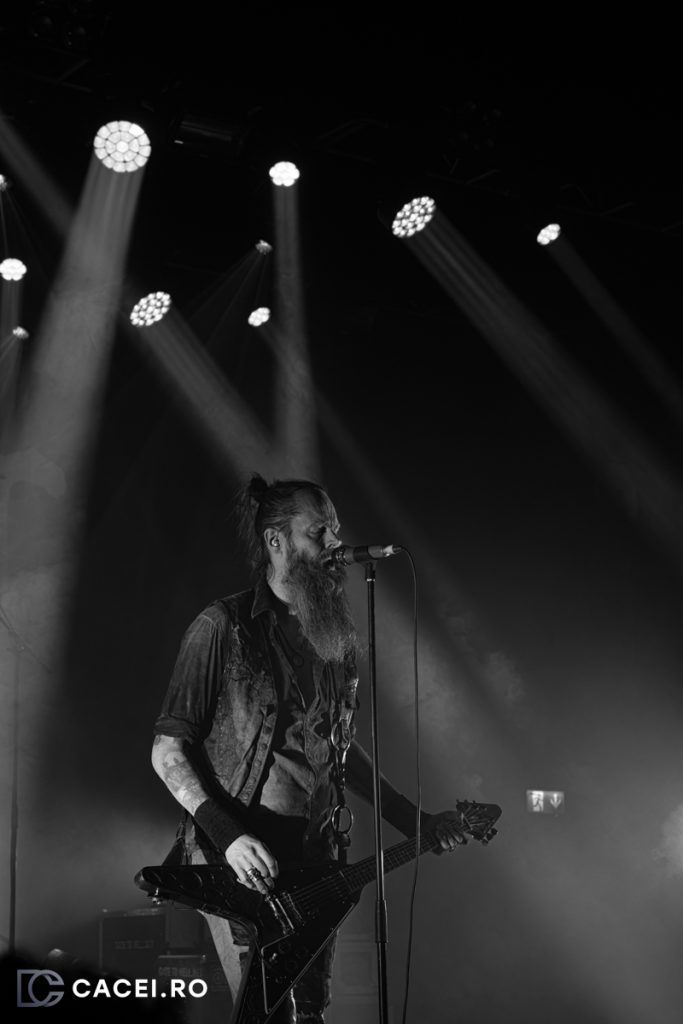
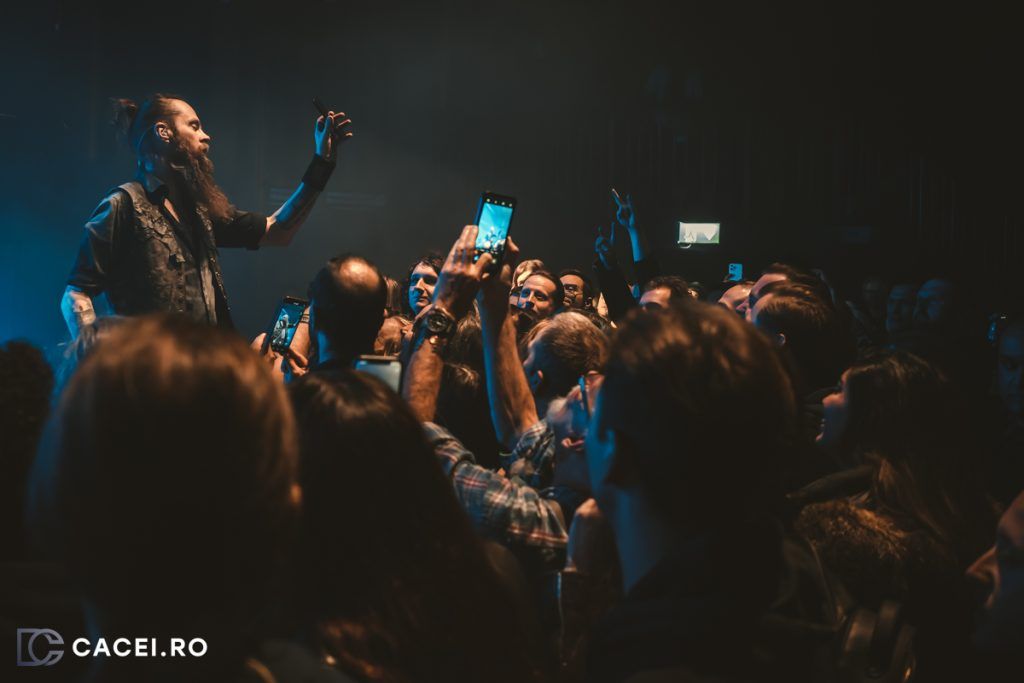

This can be proven extra helpful on very dark concerts, where the autofocus might struggle, so if you have an idea of the distance which you’re shooting at, you can still take sharp images.
Pros and Cons: Compared to Full Frame Cameras and Prime Lenses
Of course, not everything is perfect for such a small body and set-up, so I wanted to list a bit of the possible pros and cons (in my opinion) of using the Ricoh GRIII and IIIx in concerts:
Pros:
- Compact Size: Their small size makes them unobtrusive and easy to carry, ideal for crowded concert venues.
- Image Quality: The 26-megapixel APS-C sensor ensures high-resolution images with excellent detail, even in challenging lighting.
- Snap Focus: This feature allows for quick, pre-set focusing, essential for capturing fleeting moments in concerts.
- Low Light Performance: The in-body stabilization and high ISO performance enable sharp, clear images in dimly lit environments.
- Silent Operation: The cameras offer a nearly silent shutter, minimizing disturbance in quiet or acoustic settings.
- Custom Image Profiles: The ability to create and use custom profiles allows for artistic expression and quick, in-camera edits.
- User Interface: Intuitive and easy to navigate, making it accessible for photographers of all skill levels.
- Discreetness: The cameras’ minimalistic design allows photographers to blend into the crowd, perfect for candid shots.
Cons:
- Fixed Lens: The lack of interchangeable lenses limits framing and compositional variety. The GRIII has 18.3mm (equivalent to 28mm) and the GRIIIx has 26.1mm (equivalent to 40mm) lenses.
- Battery Life: Limited battery life compared to larger cameras, necessitating carrying extra batteries. If you’re not shooting the whole concert, it should last ok, but
- Limited Range: The fixed focal length can restrict versatility in capturing distant subjects.
- Sensor Size: While the APS-C sensor is better than a phone, it may not match the low-light capabilities of full-frame sensors.
- No Viewfinder: Lack of a built-in viewfinder might be a drawback for some photographers.
- Weather Sealing: The cameras are not weather-sealed, which could be a limitation in outdoor or variable weather concert settings (or some flying glasses of beer).
- Limited External Controls: Some photographers may prefer more dials and buttons for quick adjustments.
- Video Features: This is the biggest downside of this camera. I’d not recommend it for videos (and it’s not the purpose)
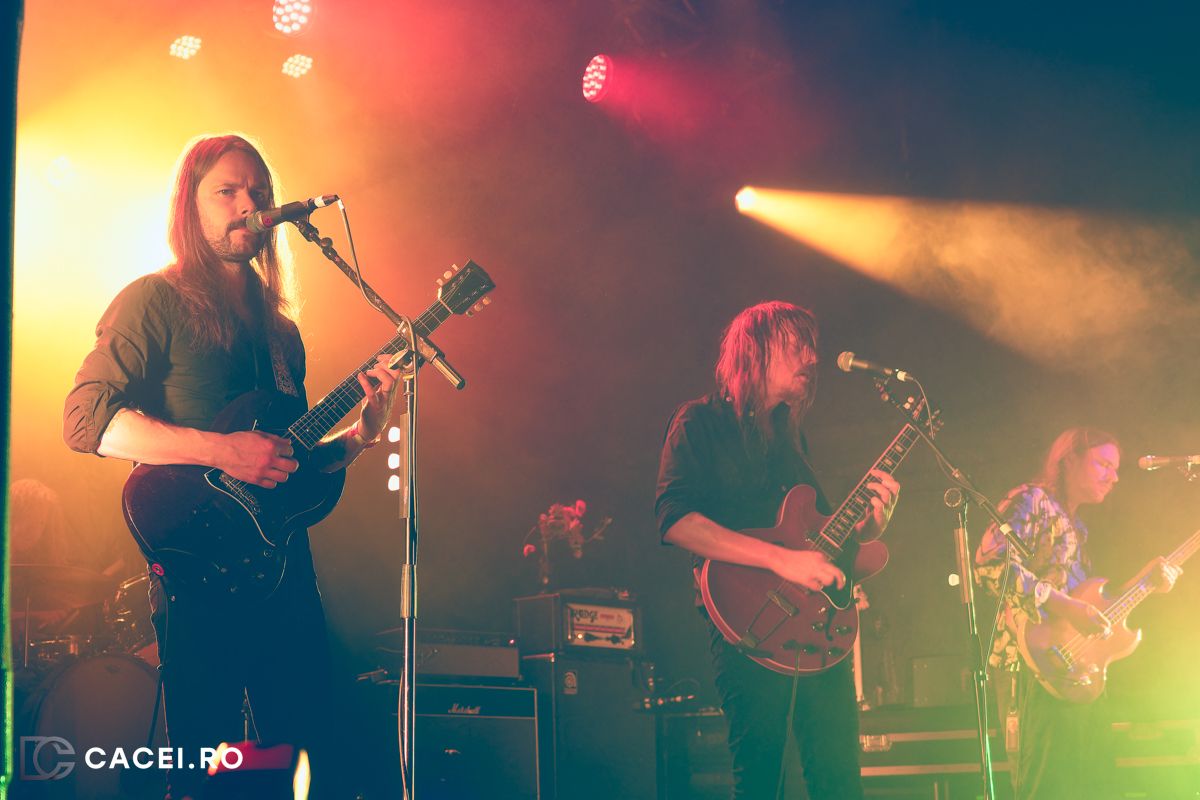

Alternatives to the Ricoh GRIII series for Concert Photography:
Keeping in mind that I’m just listing very portable point-and-shoot cameras, for a fair comparison.

- Fujifilm X100V: The most popular and admired pocket camera nowadays!
- Strengths: Hybrid viewfinder, classic Fuji film simulation modes, and a 23mm F2 lens.
- Comparison: Offers a similar compact form factor with a distinctive design. It excels with its hybrid viewfinder and film simulation modes but is larger and heavier than the Ricoh GR III and GR IIIx. Its fixed lens provides a field of view equivalent to 35mm on a full-frame camera, offering a slightly different perspective.
- Sony RX100 VII: Pocket and with great zoom
- Strengths: 1-inch sensor, 24-200mm equivalent zoom lens, and fast autofocus.
- Comparison: This camera stands out for its versatility with a significant zoom range, making it ideal for capturing distant subjects. It’s more suited for varied shooting scenarios compared to the fixed focal length of the Ricoh models. However, the larger size and the 1-inch sensor might not match the image quality of Ricoh’s APS-C sensor.
- Canon PowerShot G5 X Mark II:
- Strengths: 1-inch sensor, 24-120mm equivalent zoom lens, and pop-up electronic viewfinder.
- Comparison: Offers a good balance of zoom range and portability. It’s a strong contender for those who prefer a bit more flexibility in zoom without compromising too much on size. However, the image quality and low-light performance might not be on par with the Ricoh models due to the smaller sensor size.
Conclusion
The Ricoh GR III and GR IIIx represent a specialized approach to concert photography, focusing on compact size, high image quality, and customizable features. They challenge the norm, demonstrating that professional-level photography can be achieved with a camera that easily fits in your pocket. For those seeking to capture live performances with agility and creative control, these cameras offer an exciting combination of features.
